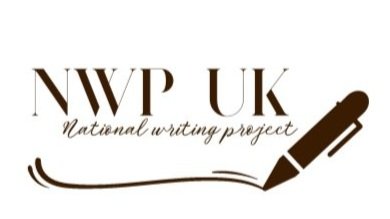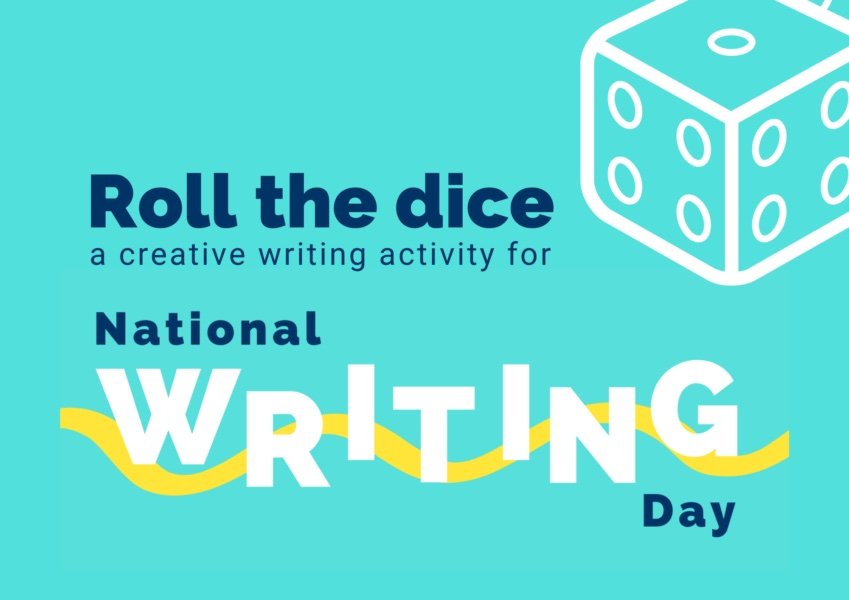READ. You have no business wanting to be a writer unless you are a reader. You should read fantasies and essays, biographies and poetry, fables and fairy tales. Read, read, read, read, read. Kate DiCamillo
When still a child, make sure you read a lot of books. Spend more time doing this than anything else. Zadie Smith
Happy New Year! 2026, a National Year of Reading, is here and is to be celebrated. Reading is what makes us writers. Reading is our playground, our solace, our inspiration. All writers are indebted to the writers who have gone before us. As we read, we are transported, amazed, intrigued, challenged. As we read we absorb the language and rhythms of many voices. As we read, we discover that things that we never imagined could be written about, can be written about, in ways that comfort and strengthen us and in ways that we had not thought could be. Sometimes our reading opens a door that helps us to write something that we thought we could not write. Sometimes when we read, we discover we are not alone and sometimes we are made privy to lives and ways of thinking that we may not have otherwise known.
One of our tasks as teachers of writing is to find the writers whose work can inspire and inform young writers who are developing their own fluency and style. ‘Read, read, read, read, read’, says Kate DiCamillo. Indeed. Use your libraries. As I think about 2025 and forward to 2026, I am grateful to my local Suffolk library which has provided me with books written by people from across the world and from many walks of life and persuasion. The pleasure of finding writers whose voice, style and wisdom surprise and delight me is immense. When I am able then to share that writing with others, adults and children, the pleasure is doubled. It is a kind of magic to see how one writer can inform the writing of another; how the invention of a writer proves to be a particular inspiration for others.
It is my intention, this year, to restore and to add to, the recommended reading lists that formed part of the original website. It may take a while, because I would like the lists to be practical and helpful. There are books about teaching writing, books by writers about writing, books about language and the nature of composition and there are the books that speak to young people and offer them the means to let their pens fly. I shall begin, this month, with books about words; a quiet start, and one that reflects the way I run a workshop, beginning, always, with listing words in one way or another.
I wish you a year of good reading. Let the writing begin!
1. Read lots.
2. Write lots
3. Don't give up. Ian Rankin
https://www.nationalyearofreading.org.uk
https://www.artscouncil.org.uk/creative-matters/blog/long-reads/investing-power-reading
https://www.booktrust.org.uk/about-us/news-updates/supporting-the-national-year-of-reading-2026/
https://literacytrust.org.uk/about-us/national-year-of-reading-2026/
https://thequeensreadingroom.co.uk
https://readingagency.org.uk/get-reading/our-programmes-and-campaigns/national-year-of-reading-2026/
https://societyofauthors.org/2025/07/07/national-year-of-reading/





















